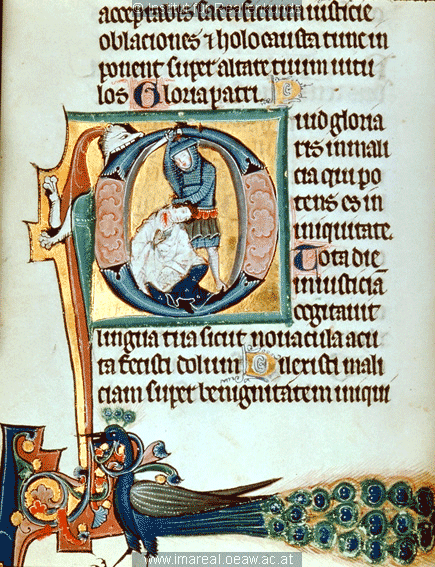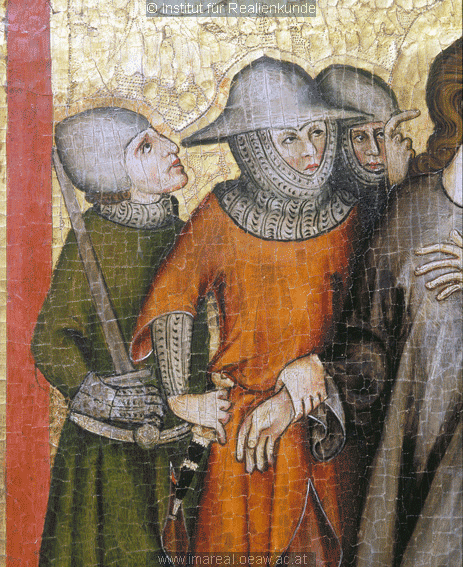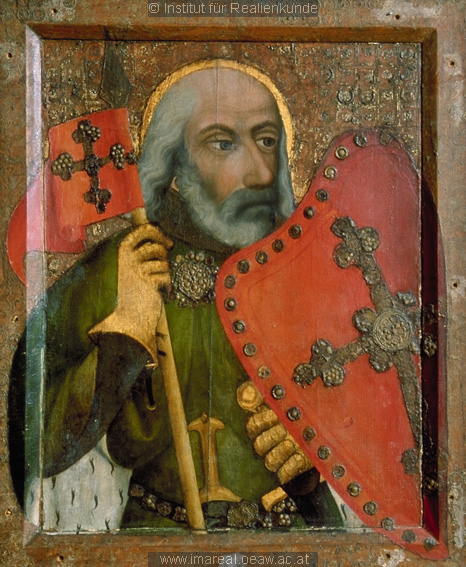Hello all, I was hoping you all could help me out by providing the date when dagger use became (for the mostpart) universal w/ the upper class.
Sooo.... as a man-at-arms, how long could I get away with running around w/o a dagger and still being historically accurate?
and im not talking as so much as when they became popular, but when it became almost standard to have one hanging around your belt (BTW, were talking about combat, not street clothes weapon accessories)
all help is appreciated, thanks.
| Nathan Quarantillo wrote: |
| Hello all, I was hoping you all could help me out by providing the date when dagger use became (for the mostpart) universal w/ the upper class.
Sooo.... as a man-at-arms, how long could I get away with running around w/o a dagger and still being historically accurate? and im not talking as so much as when they became popular, but when it became almost standard to have one hanging around your belt (BTW, were talking about combat, not street clothes weapon accessories) all help is appreciated, thanks. |
Fiore dates to about 1400 and teaches the use of the rondel dagger both in and out of armor so at least by that time period the carrying/use of a dagger is expected by a man at arms.
Allen
As far as I know, there is no published research that answers your question. What you'll need to do is look through examples of period art: paintings, sculptures, effigies, monumental brasses, etc.
Looking through the effigies and brasses of knights at gothiceye.com , I could only find 2 or 3 knights with daggers prior to 1375 or so. By 1380, depictions of daggers on brasses and effigies seem to be the norm.
Looking through the effigies and brasses of knights at gothiceye.com , I could only find 2 or 3 knights with daggers prior to 1375 or so. By 1380, depictions of daggers on brasses and effigies seem to be the norm.
I think you'd have to go waaaaay back to find a time when elites didn't carry a dagger in combat. The first dagger image I found at IMAREAL is 1265 (first below) The other images below are all 1300-1355. Note that the saints--about as high-status as you can get--are shown with fine daggers (one on a chain). Note that the soldier in the second image (1335) has a very fine dagger. These are Austrian/Slovakian/N. Italian.
 Attachment: 164.45 KB
Attachment: 164.45 KB

 Attachment: 183.43 KB
Attachment: 183.43 KB

 Attachment: 206.61 KB
Attachment: 206.61 KB

 Attachment: 192.69 KB
Attachment: 192.69 KB

 Attachment: 179.88 KB
Attachment: 179.88 KB

 Attachment: 216.04 KB
Attachment: 216.04 KB







Chad, thank you. That supports what i have been seeing by looking at art and effigies.
Sean, I am not referring to when men-at-arms started using daggers, but when one would be almost expected to carry one as a piece of standard kit.
For every depiction of a man in a fine war harness with a dagger (before the late 14th cent) There seemed to be at least 10 depictions of a well equipped man w/o one.
Sean, I am not referring to when men-at-arms started using daggers, but when one would be almost expected to carry one as a piece of standard kit.
For every depiction of a man in a fine war harness with a dagger (before the late 14th cent) There seemed to be at least 10 depictions of a well equipped man w/o one.
I have a theory. I would imagine that daggers became a more standard part of a soldier's kit about the time that most soldiers had good enough armor that you needed a thrusting weapon rather than a cutting weapon to get through armor.
Daggers and knives are secondary weapons, but if disarmed of your primary weapon then you need a weapon that can still damage or kill your opponent. If you're facing an opponent who is armored up with thick cloth or mail armor, then you need a thrust to get through it and not a cut. Hence the increasing use of daggers rather than knives in your kit. You may still have utility knife, but you'd have a dagger as your main weapon then.
Daggers and knives are secondary weapons, but if disarmed of your primary weapon then you need a weapon that can still damage or kill your opponent. If you're facing an opponent who is armored up with thick cloth or mail armor, then you need a thrust to get through it and not a cut. Hence the increasing use of daggers rather than knives in your kit. You may still have utility knife, but you'd have a dagger as your main weapon then.
| Bryce Felperin wrote: |
| I have a theory. I would imagine that daggers became a more standard part of a soldier's kit about the time that most soldiers had good enough armor that you needed a thrusting weapon rather than a cutting weapon to get through armor. |
I don't disagree with this idea, but, I suspect some form of knife was possibly more common than swords prior to 9th century and later. Roman accounts of Germanic tribes seem to attribute "knives" and "long knives" as being common among them in combat. Subjectively, this seems to be mentioned as more common than swords in early A.D. era. Knives were arguably easier to make, and in some utilitarian form of knife/combat dagger could have preceded the sword in terms of popularity.
The idea of the dagger or knife in combat being tied to some sort of elite seems backwards to me from a cost and ease of manufacture perspective. Also, in 11th through 13th century melee tournament context, the melee was described as good simulation for real combat. The actual job of contending with dismounted mail clad knights fell to the helpers (squires, kippers, etc.), not to the elite. I would guess that the true double edged "dagger" (specialized for thrusting in combat) came about as the need for thrusting increased as you say.
| Jared Smith wrote: | ||
I don't disagree with this idea, but, I suspect some form of knife was possibly more common than swords prior to 9th century and later. Roman accounts of Germanic tribes seem to attribute "knives" and "long knives" as being common among them in combat. Subjectively, this seems to be mentioned as more common than swords in early A.D. era. Knives were arguably easier to make, and in some utilitarian form of knife/combat dagger could have preceded the sword in terms of popularity. The idea of the dagger or knife in combat being tied to some sort of elite seems backwards to me from a cost and ease of manufacture perspective. Also, in 11th through 13th century melee tournament context, the melee was described as good simulation for real combat. The actual job of contending with dismounted mail clad knights fell to the helpers (squires, kippers, etc.), not to the elite. I would guess that the true double edged "dagger" (specialized for thrusting in combat) came about as the need for thrusting increased as you say. |
I tend to agree. From my "little" Knowledge of fighting "mounted Armored troops, one of the main goals was to was to "unhorse" them. Once dismounted, dispatching them often fell to the "levees" etc. A dagger therefore would be a great tool of choice. Also, the dispatching of the "wounded" ( many armored) fell to the "commoners ( again the "dagger")
Puffer.
Page 1 of 1
You cannot post new topics in this forumYou cannot reply to topics in this forum
You cannot edit your posts in this forum
You cannot delete your posts in this forum
You cannot vote in polls in this forum
You cannot attach files in this forum
You can download files in this forum
All contents © Copyright 2003-2006 myArmoury.com — All rights reserved
Discussion forums powered by phpBB © The phpBB Group
Switch to the Full-featured Version of the forum
Discussion forums powered by phpBB © The phpBB Group
Switch to the Full-featured Version of the forum